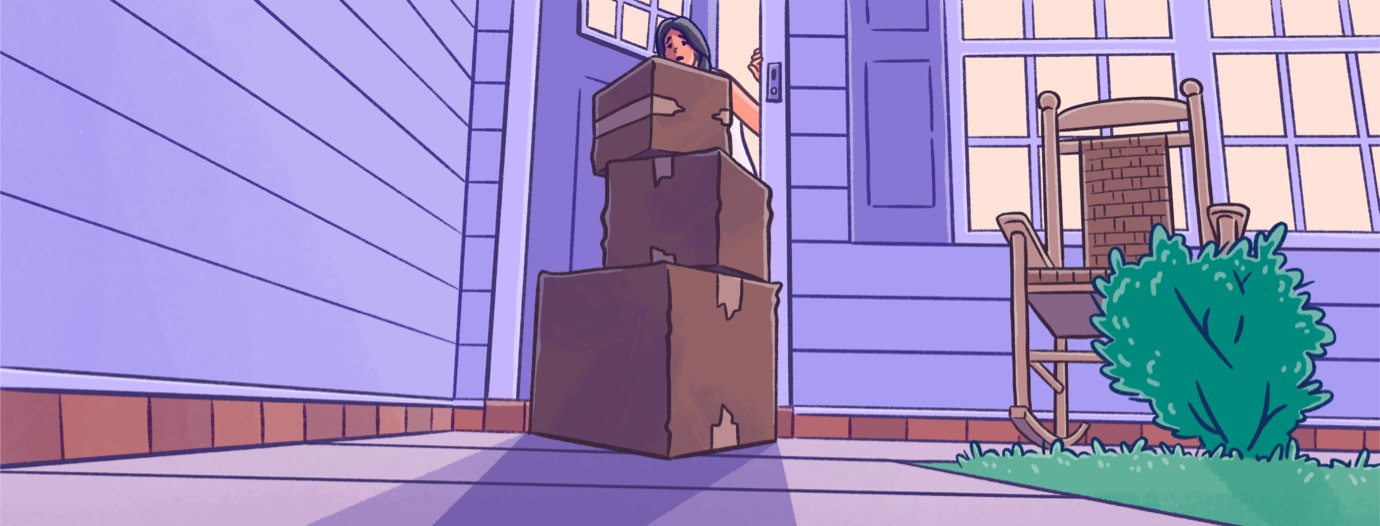Remission is Reversing My Acceptance of My Chronic Illness
Chronic illness doesn’t come into a person’s life in a convenient, ready-made package. It arrives in a series of disjointed boxes that appear on your doorstep on separate days, without shipping labels or return addresses, and pile up in your front hallway.
Inside one box is the disease itself — the genetic marker, the inflammation, the pain — this makes your body chronically ill. In a separate box, there is the diagnosis — this makes your medical records chronically ill. In a third box, there is the part of your brain that accepts your disease — this makes your identity chronically ill. Everyone receives these deliveries on a different timeline.
Diagnosis and acceptance
My disease arrived first, then months later, my diagnosis — but the acceptance didn’t follow. I had the brain of a healthy person trapped inside a deteriorating, pain-ridden body.
I started working towards acceptance. Sometimes I could deny it, but the more frequently my life was interrupted by pain, the more I had to adjust to my new reality: that I am and will forever be chronically ill. I had to let go of parts of my old self and who I once thought my future self would be. I had to wrap my head around parts of my identity that conflict with chronic illness. I had to unlearn stereotypes about what kind of person has a disability and realize that now, that person was me. This transformation was scary and confusing, but necessary.
After four years of living with ankylosing spondylitis, I was ready to cut the tape on the last remaining box, the one containing acceptance, to open it up and invite its contents into my home, make room for it in my shelves and cupboards, where it would stay. I was ready to conquer the fear associated with the label “chronically ill” and accept the identity that matched the state of my body, once and for all.
Then, I entered remission
My biologic medication was working. My pain decreased. My life became so close to “normal” that I could trick myself into believing my illness had been nothing but a bad dream. All of the progress I had made, the beliefs I had rectified, and the peace I had made with my pain were shifted into reverse.
I fell back into the murky, in-between space where I teeter between my healthy self and chronically ill self, where I don’t know how to answer the question “Do you have a disability?”, because I do, but I don’t always and I don’t right now, but I will.
I’m grateful to be in remission, but with each “good day” I drift further and further away from the chronically ill identity that I initially worked so hard to accept. There are reminders — the immunosuppressant injections I give myself and pangs of pain sprinkled throughout my day — but without the severe pain I once had, I am no longer forced to acknowledge the existence of the disease that causes it.
I’m not asking for my pain to get worse so I can realign my identity — that’s the last thing I want. But I worry about the inevitable day when my body builds up resistance to my medication and my remission ends. The pain and fatigue will return at full force, and I will start the process of losing myself all over again.

Join the conversation